Meet Yanci Chen | Registered Architect, AIA, LEED AP
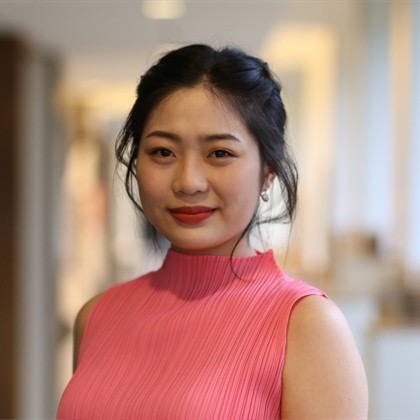
We had the good fortune of connecting with Yanci Chen and we’ve shared our conversation below.
Hi Yanci, how has your background shaped the person you are today?
I am originally from Dalian, a beautiful coastal city in China. Growing up in a city surrounded by both natural beauty and rapid urban development sparked my curiosity about the built environment from a young age. The contrast between traditional architecture and modern structures taught me to appreciate design’s role in shaping communities and daily life.
My upbringing was shaped by a mix of cultures and experiences. I had the opportunity to study in China, Germany, and the United States, which exposed me to diverse architectural traditions, approaches to design, and ways of thinking. This international experience gave me a deep appreciation for cultural context and how it influences design. It also instilled a sense of adaptability, creativity, and curiosity that I carry with me today as a designer.
I believe my background gave me a unique perspective—a balance between Eastern traditions and Western innovations—that influences my work and my passion for creating meaningful, human-centered spaces.
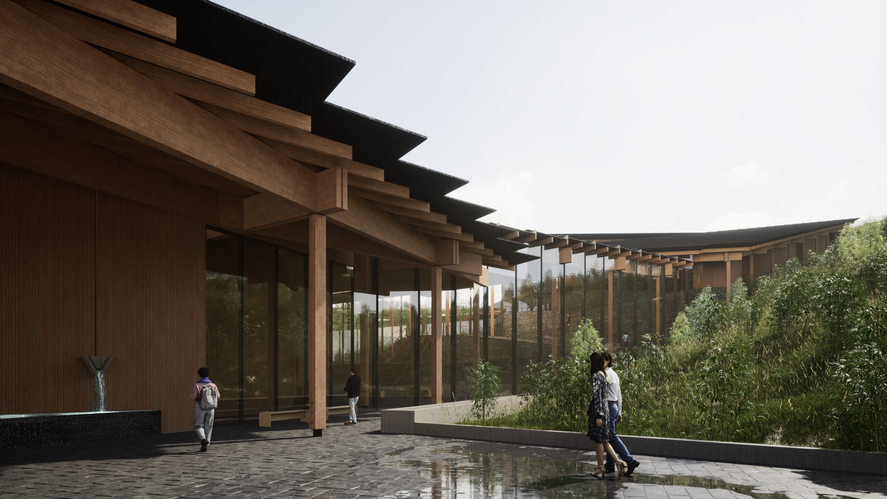
Alright, so let’s move onto what keeps you busy professionally?
My career has been shaped by a constant drive to push the boundaries of design, blending both innovation and human-centric principles. What sets me apart is my multidisciplinary background, having lived and studied across three continents—Asia, Europe, and North America—which has given me a rich understanding of diverse architectural styles and philosophies. I strive to merge these influences in a way that’s both contextually sensitive and forward-thinking. I am particularly passionate about the intersection of architecture and technology, especially how AI and digital design can create more responsive, adaptive, and sustainable environments.
One of the things I’m most proud of is the recognition I’ve received for projects like the Weihai Art Museum, where our team was honored with Gold and Silver awards in both the Young Architects Competitions and the Muse Design Awards. It was a defining moment in my career because it validated the approach I’ve been developing—using cutting-edge technology while remaining grounded in a respect for cultural context and the environment.
However, the road to where I am today has not been without its challenges. Moving across countries to pursue my education and career meant navigating new languages, cultures, and expectations. Early on, I faced a lot of self-doubt, especially being one of the few minority voices in the room. But those challenges taught me resilience and the importance of finding my own voice. I learned that being true to yourself and your perspective is the key to meaningful work. At times, I had to be patient with the process and trust that the hard work would pay off, even when it felt like progress was slow.
In overcoming these obstacles, one of the most important lessons I’ve learned is the power of community. Connecting with like-minded professionals, mentors, and organizations like NOMA has made all the difference. These relationships have kept me grounded and motivated, reminding me that we are all stronger when we support each other.
What I want the world to know about me is that I am deeply committed to creating spaces that are both thoughtful and transformative. Architecture is not just about buildings—it’s about improving lives. I want my work to reflect that belief by addressing real human needs while embracing innovation. My brand is about breaking boundaries, whether that means embracing new technology, advocating for diverse perspectives, or pushing the limits of what architecture can do for people and communities. I’m excited about the future of architecture and the role I can play in shaping it.

If you had a friend visiting you, what are some of the local spots you’d want to take them around to?
If my best friend were visiting Seattle, I’d take them on a tour of the city’s architectural highlights. We’d start with the iconic Seattle Central Library by Rem Koolhaas, followed by Frank Gehry’s Museum of Pop Culture for its dynamic design. Then we’d visit Chihuly Garden and Glass, where Dale Chihuly’s stunning glass art is beautifully integrated into the space. A stop at the sleek, modern Seattle Aquarium by LMN Architects would be next, offering a great view of the waterfront. We’d also make time for a quiet visit to St. Ignatius Chapel by Steven Holl, known for its peaceful design and beautiful light. To cap it off, we’d take in panoramic views from the Space Needle. Along the way, I’d treat them to fresh seafood at Elliott’s Oyster House and take a ferry to Bainbridge Island for a relaxing afternoon with stunning views of the Seattle skyline and Puget Sound.
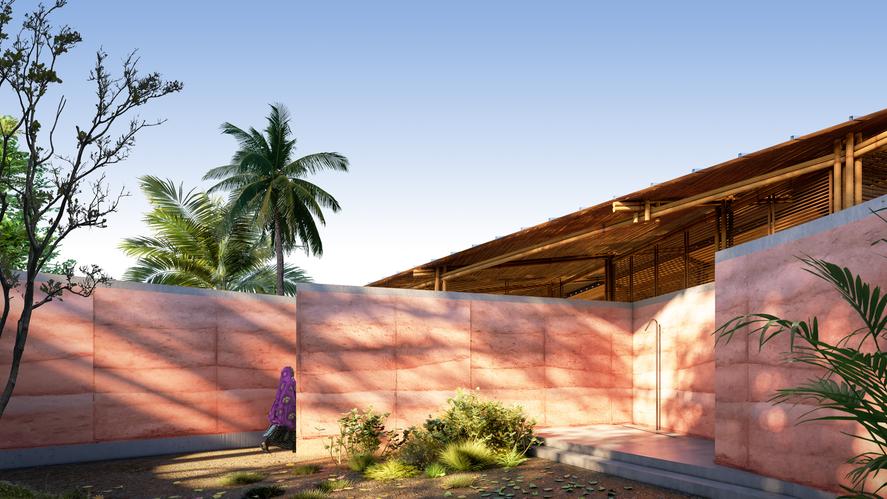
Shoutout is all about shouting out others who you feel deserve additional recognition and exposure. Who would you like to shoutout?
I’d like to dedicate my shoutout to several individuals and organizations who have been integral to my journey. First, my professors and mentors at the University of Michigan, whose guidance and belief in my potential shaped me not only as an architect but as a thinker and creator. A special mention goes to Matias del Campo, whose passion for design and innovative thinking inspired me to approach architecture with both heart and rigor.
I also want to acknowledge the communities that have continually inspired me, especially the National Organization of Minority Architects (NOMA). Their support and opportunities for connection have been crucial in empowering me to break barriers and advocate for diversity within the field of architecture.
Website: https://ycjarch.cargo.site/
Instagram: https://yanci.chnn
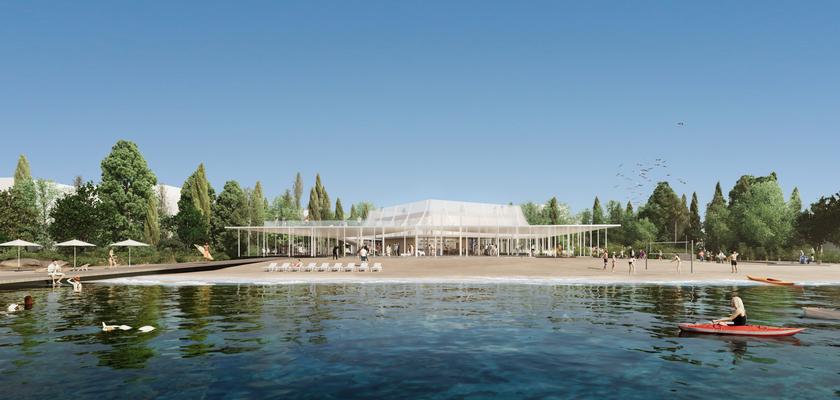
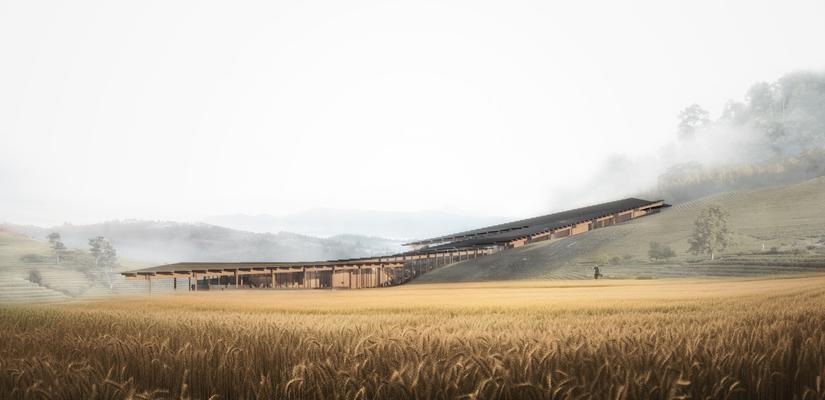
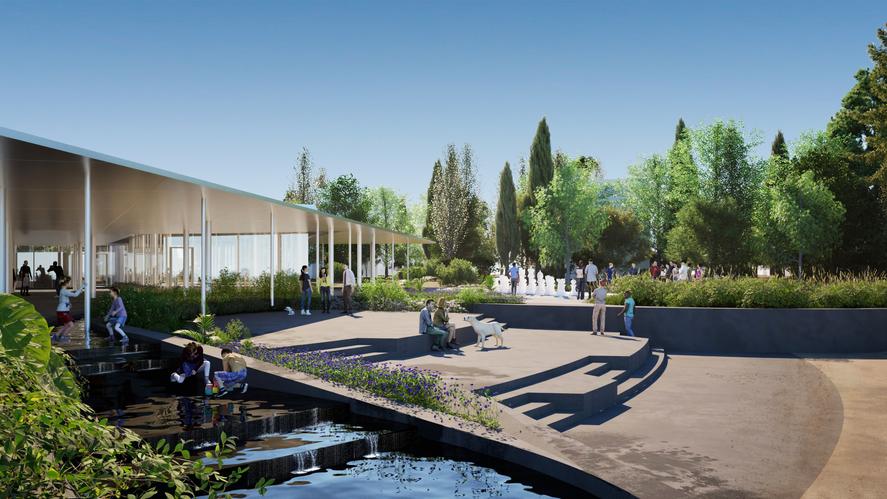
Image Credits
YCJ Studio
